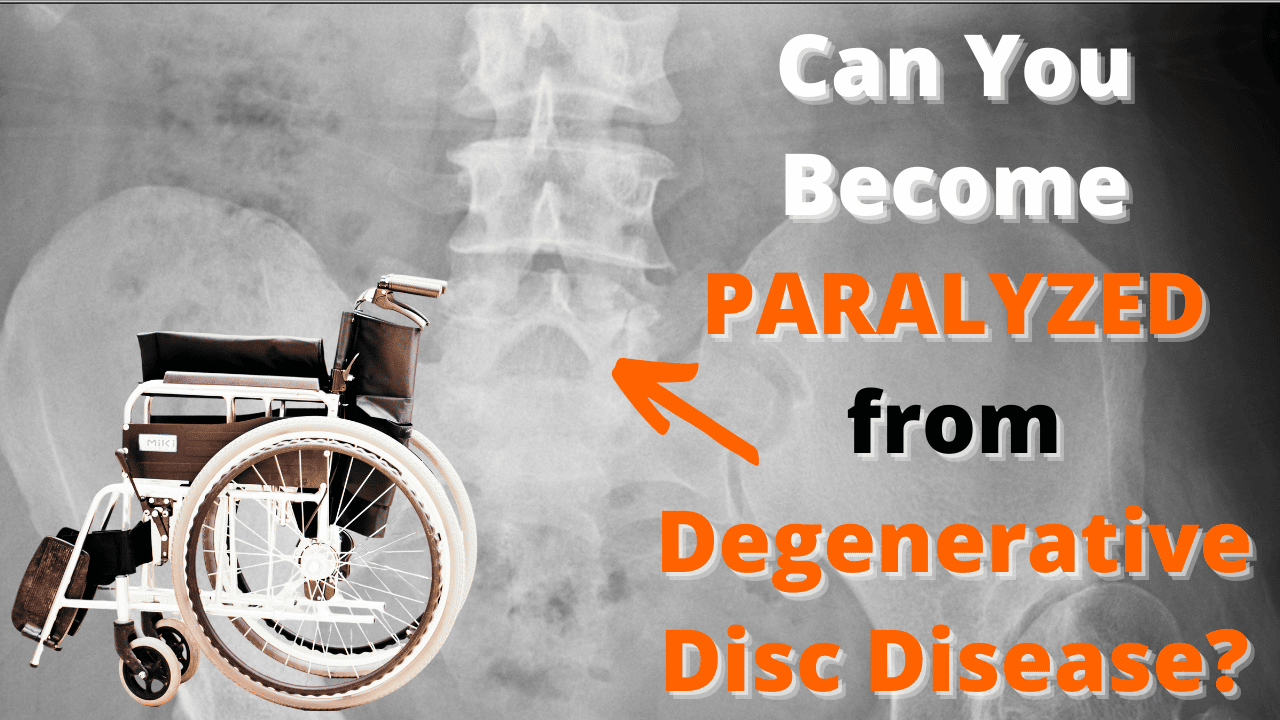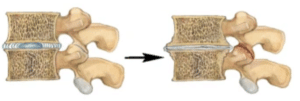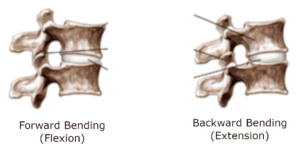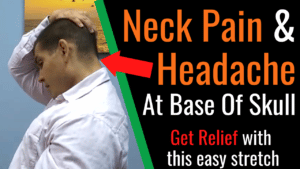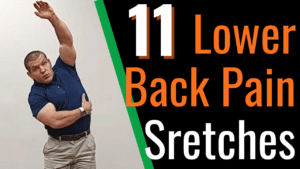If you have weakness in an arm or leg from degenerative disc disease, you may wonder
"Can you become paralyzed from degenerative disc disease?"
To give you peace of mind, it's very unlikely that you'll become paralyzed from degenerative disc disease.
Watch the video to learn how to help degenerative disc disease in your neck and back.
I Have NEVER Seen A Patient Who Has Become Paralyzed From Degenerative Disc Disease
As I mentioned above, it is in theory possible to become paralyzed from degenerative disc disease, but in over 15 years of physical therapy practice, I've never seen it happen.
Your degenerative disc disease would have to be extremely severe in order to paralyze you.
What Is Degenerative Disc Disease?
Degenerative Disc Disease is loss of height of the discs in your spine due to loss of water content in the disc.
This can happen anywhere in your spine - either in your back or your neck.
The important thing to know about degenerative disc disease is that it's a normal feature of aging... but that doesn't mean you'll have symptoms from it.
Furthermore, you definitely shouldn't worry about becoming paralyzed from it.
What Would Need To Happen To Become Paralyzed From Degenerative Disc Disease?
As your discs lose height, it puts pressure on the nerve roots that come out of your back or neck. In some cases, this can cause numbness, tingling, or weakness in a leg or arm
However, in order to become paralyzed from degenerative disc disease, you'd need to lose so much height in your discs that is completely compresses the nerve root or transects the nerve root.
Furthermore, this wouldn't happen overnight, so you'd probably seek out treatment before the symptoms got THAT bad.
What Makes Symptoms Of Degenerative Disc Disease Worse?
When you bend your spine backwards - whether it's your neck or your lower back- this further narrows the spaces where your nerves come out.
Therefore, you should avoid activities and positions that bend your spine backwards in order to avoid further pinching the nerve roots in you neck or back.
Relieve Symptoms Of Degenerative Disc Disease In Your Neck
If you have degenerative disc disease in your neck, it can pinch the nerves that go into your arm.
This can cause pain, numbness, tingling, or weakness in your shoulder, arm, or hand.
When you tip your head to the left side or turn your head to the left side, it narrows the intervertebral foramen on the left side and opens it on the right.
Similarly, when you tip your right ear to your right shoulder or turn your head to the right, it can pinch the nerves on the right side of the neck, but takes pressure of the nerves on the left side of the neck.
When you sit with your head forward, it narrows the spaces where the nerves exit the spine on both sides of the neck.
Therefore, in order to open prevent symptoms from degenerative disc disease:
- Avoid sitting with your head in front of your shoulders and neck arched.
- Sit with proper posture with your head over your shoulders and chin tucked.
- Do stretches where you tip your head AWAY from the painful side.
- Do stretches where you bring your chin toward your chest
- Use a cervical traction unit. An over-the-door cervical traction unit like the one shown below decompresses the nerves in the neck and can help relieve symptoms of degenerative disc disease.
OTC Cervical Traction Kit, Neck Pain Rel...
$29.31 ($29.31 / Count) (as of July 25, 2024 22:42 GMT -05:00 - More infoProduct prices and availability are accurate as of the date/time indicated and are subject to change. Any price and availability information displayed on [relevant Amazon Site(s), as applicable] at the time of purchase will apply to the purchase of this product.)
To learn more tips, download a FREE copy of our Neck Pain Guide.
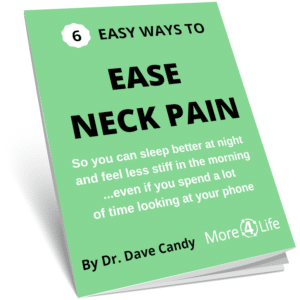
Relieve Symptoms Of Degenerative Disc Disease In Your Back
Similarly to your neck, when you lean backward too much when standing, or even siting, this narrows the spaces around the nerves in the lower back.
Conversely, flattening your back can open up the spaces where the nerves exit your spine and go into your legs.
Try These Tips To Help Degenerative Disc Disease In Your Back
- When standing, roll your pelvis underneath of you so that it flattens the curve in your back.
- When sitting, sit all the way back in the chair with feet up on a footrest.
- Lean forward slightly when walking.
- Stretch your lower back muscles
- Try wearing a lumbar decompression brace. Just like cervical traction mentioned above, this type of brace lifts your spine to take the pressure off of your discs and nerves.
HONGJING Back Decompression Belt Lumbar ...
18% OffFor more tips, download a FREE copy of our Back Pain Guide.
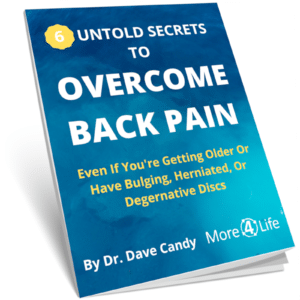
When To Get Help For Degenerative Disc Disease
Hopefully this post has given you some peace of mind that you likely will not become paralyzed from degenerative disc disease.
However, that doesn't mean that it's not important to get treatment. It's particularly important to get treatment for degenerative disc disease if you have symptoms that are radiating into your arm or leg.
Need Help For Degenerative Discs Disease?
Click the button below to request an appointment with one of our specialists.

